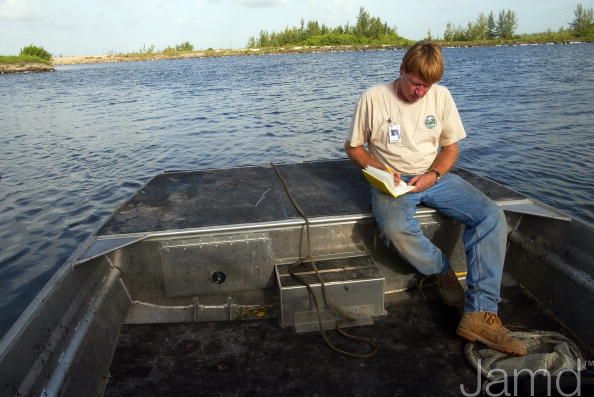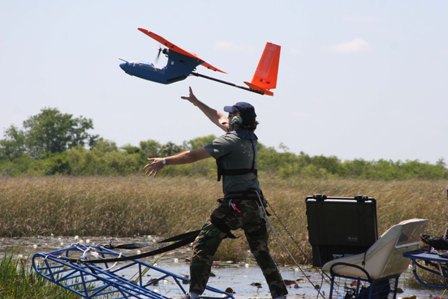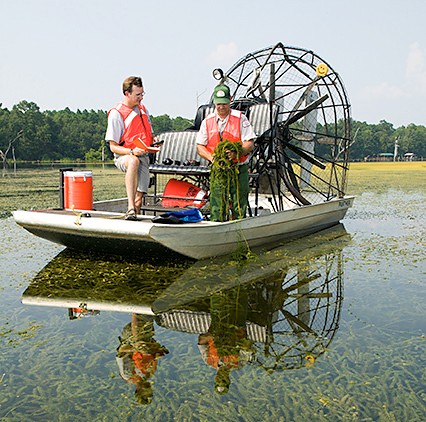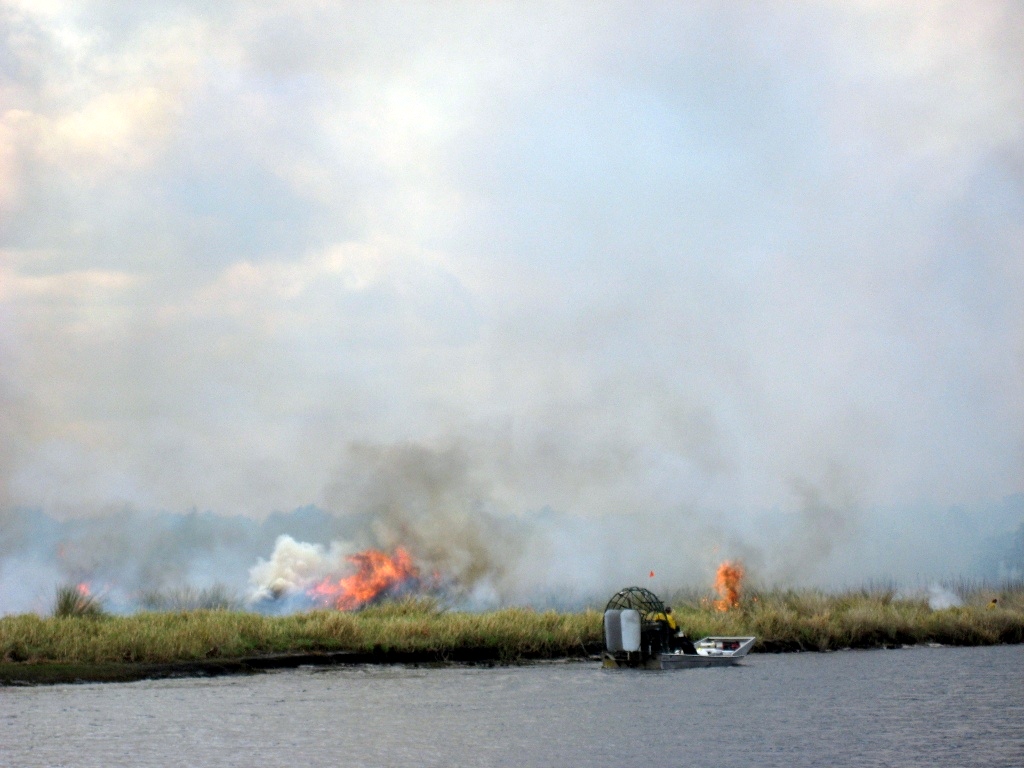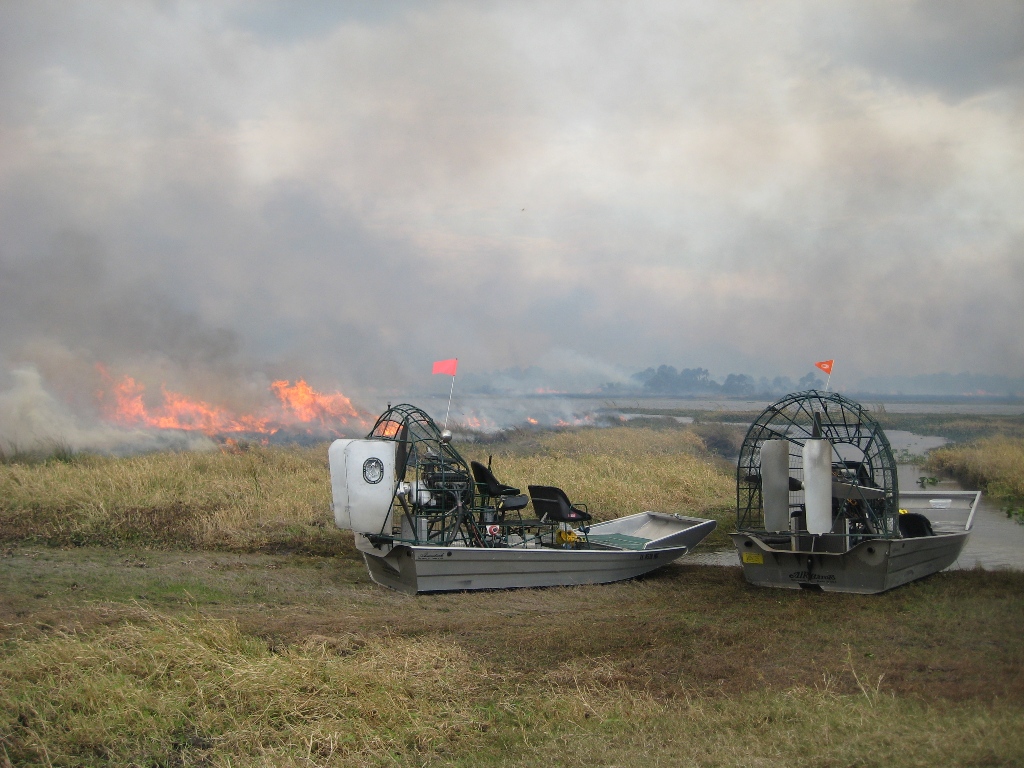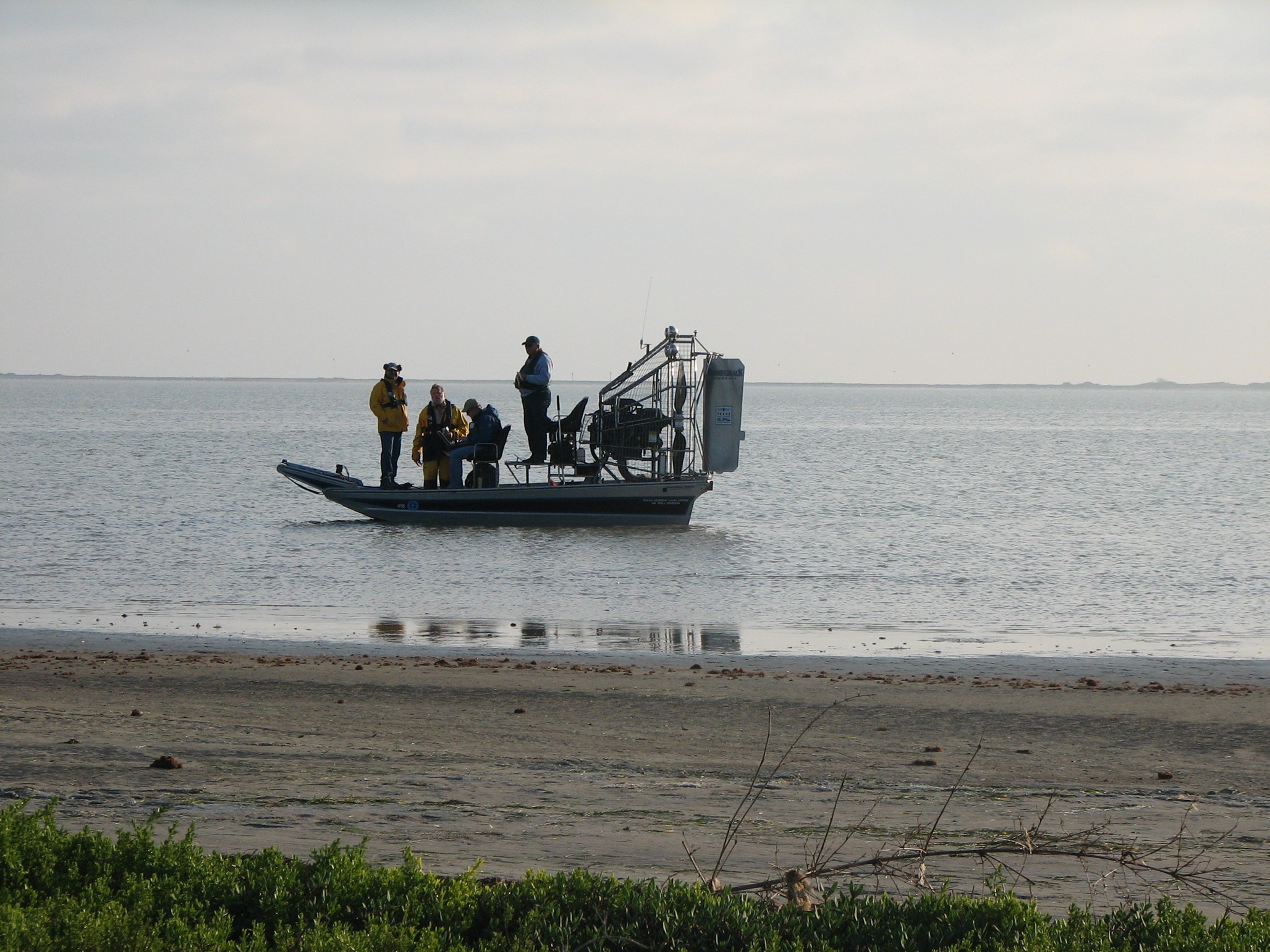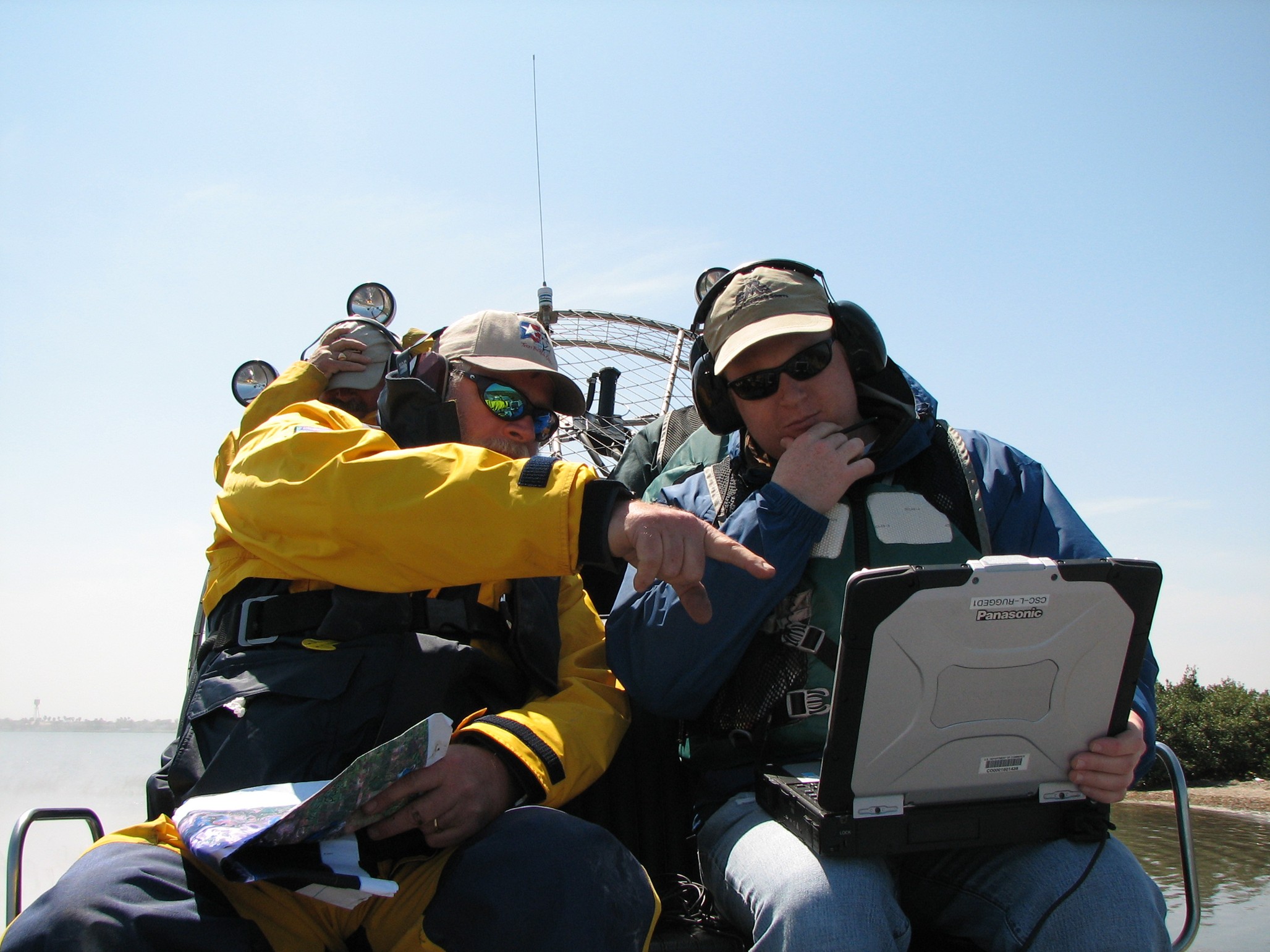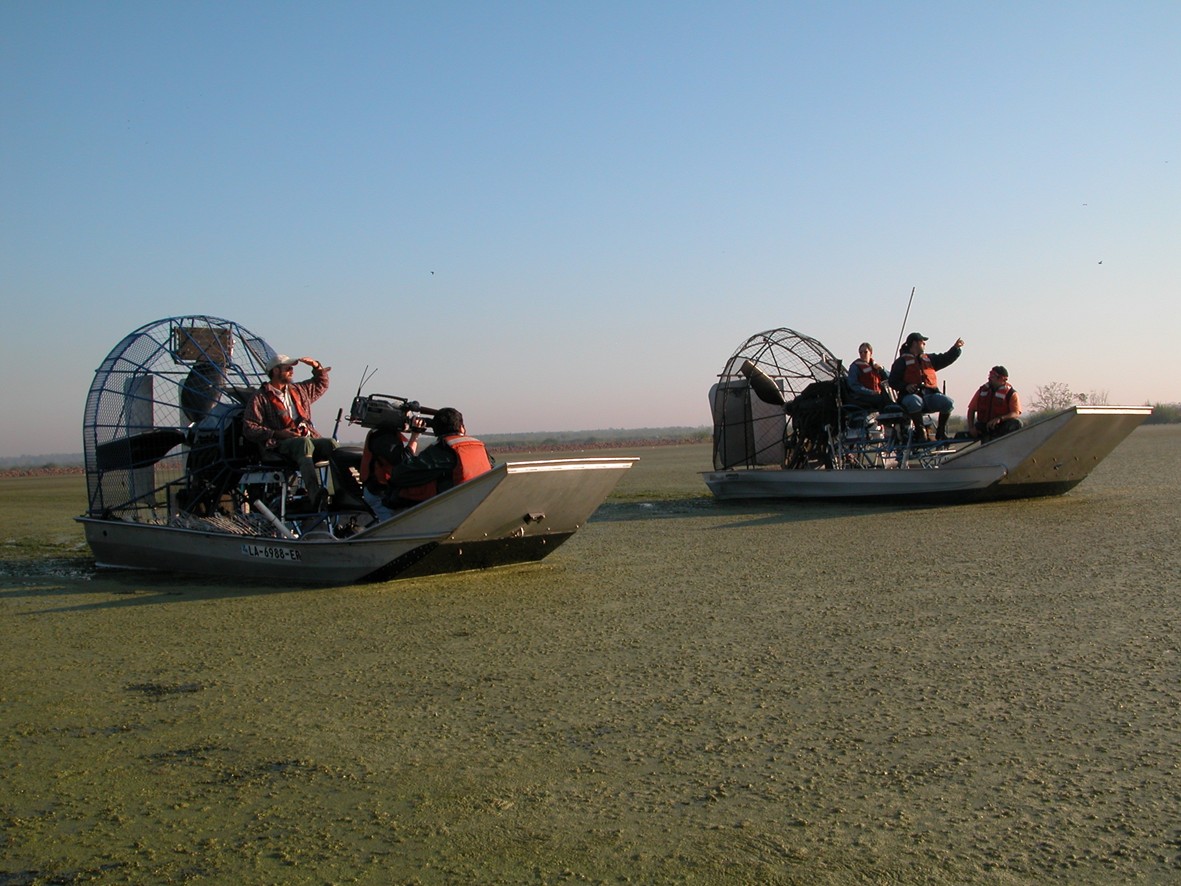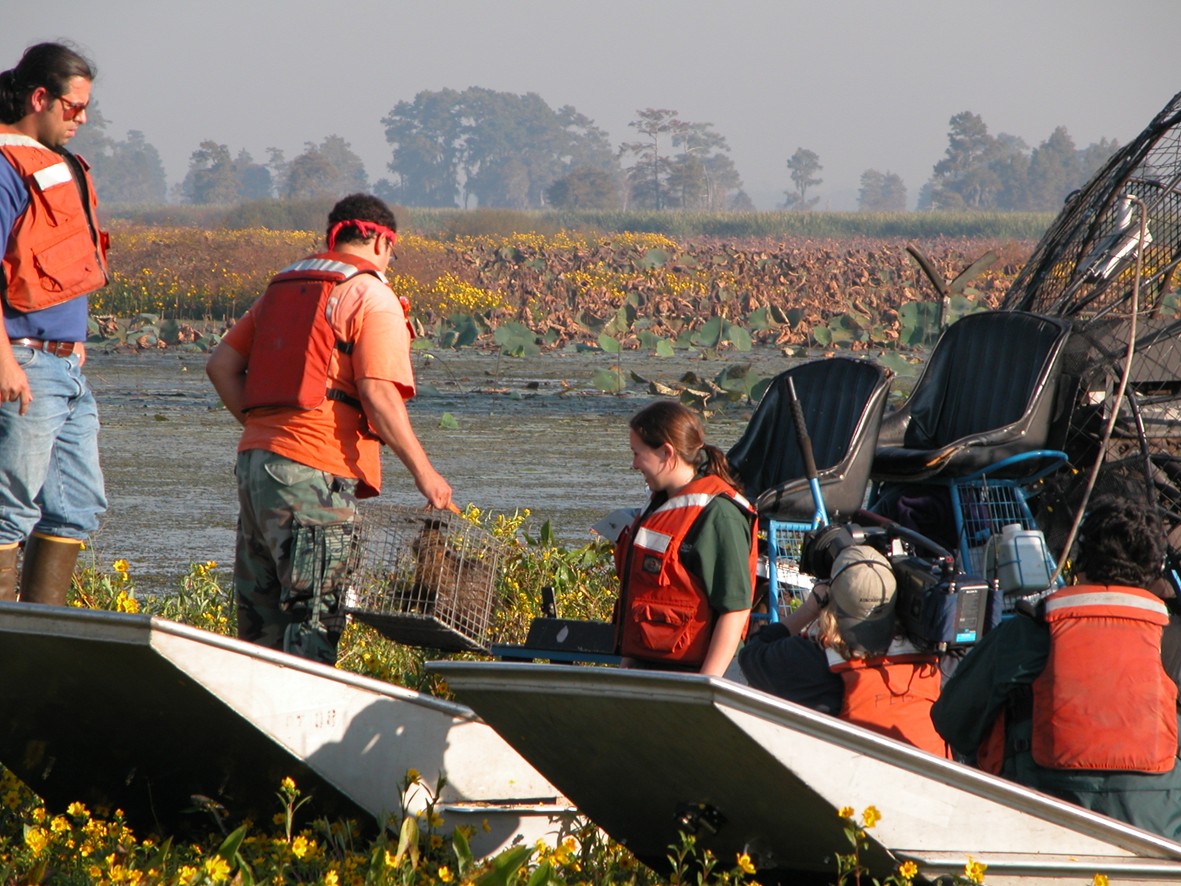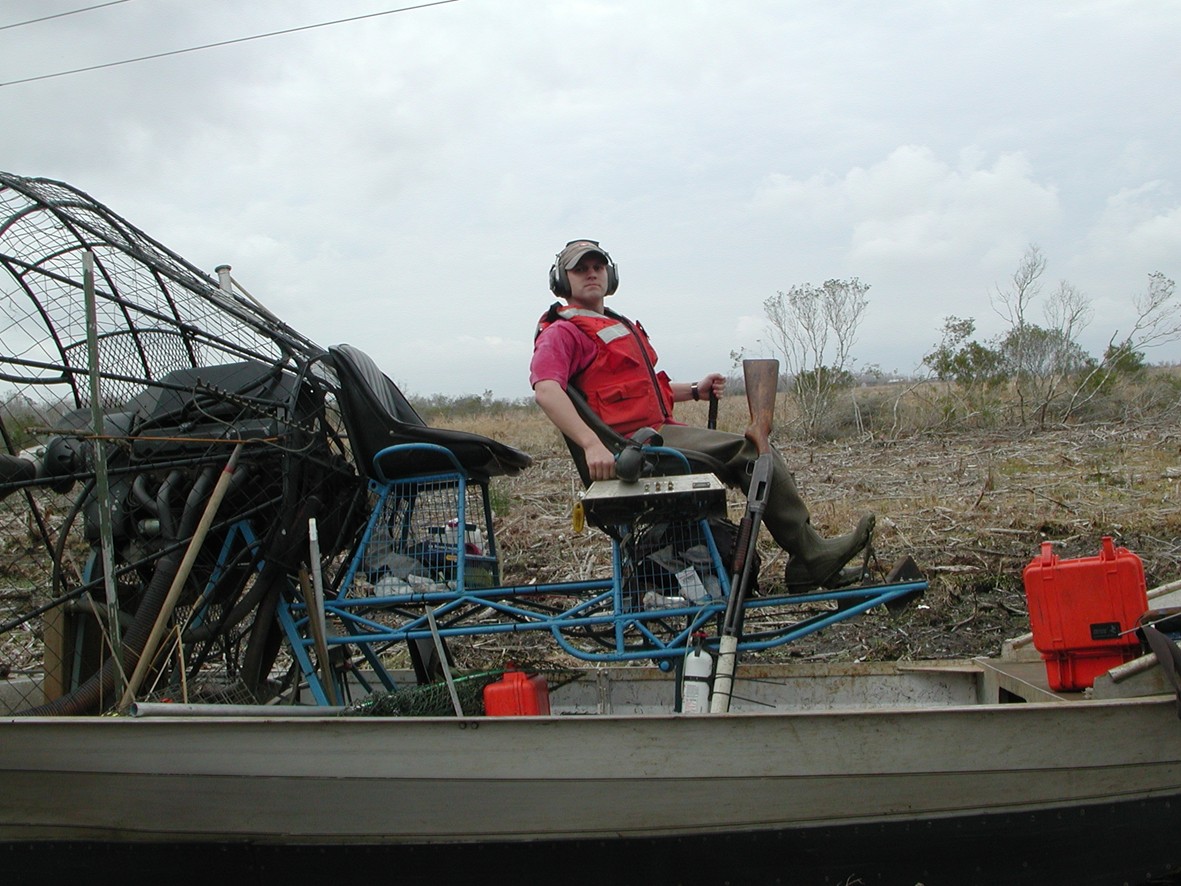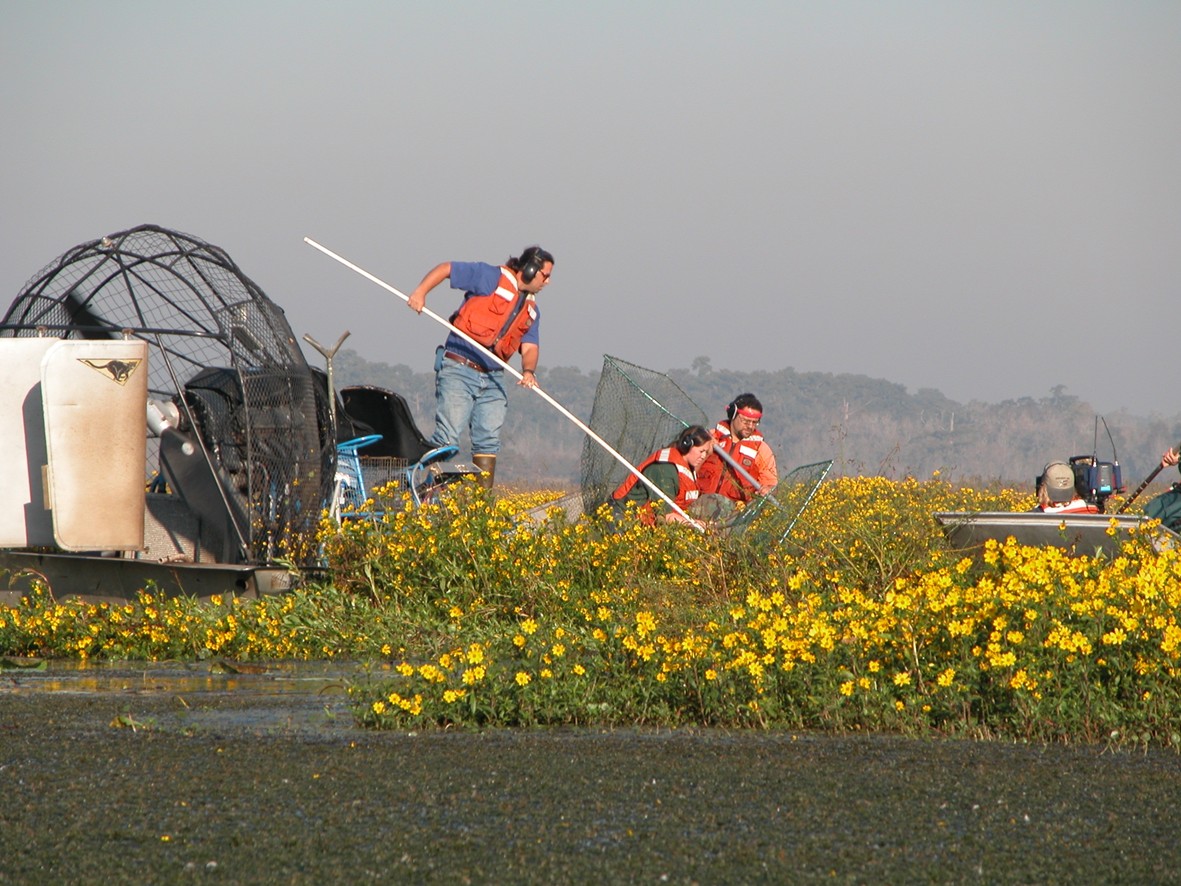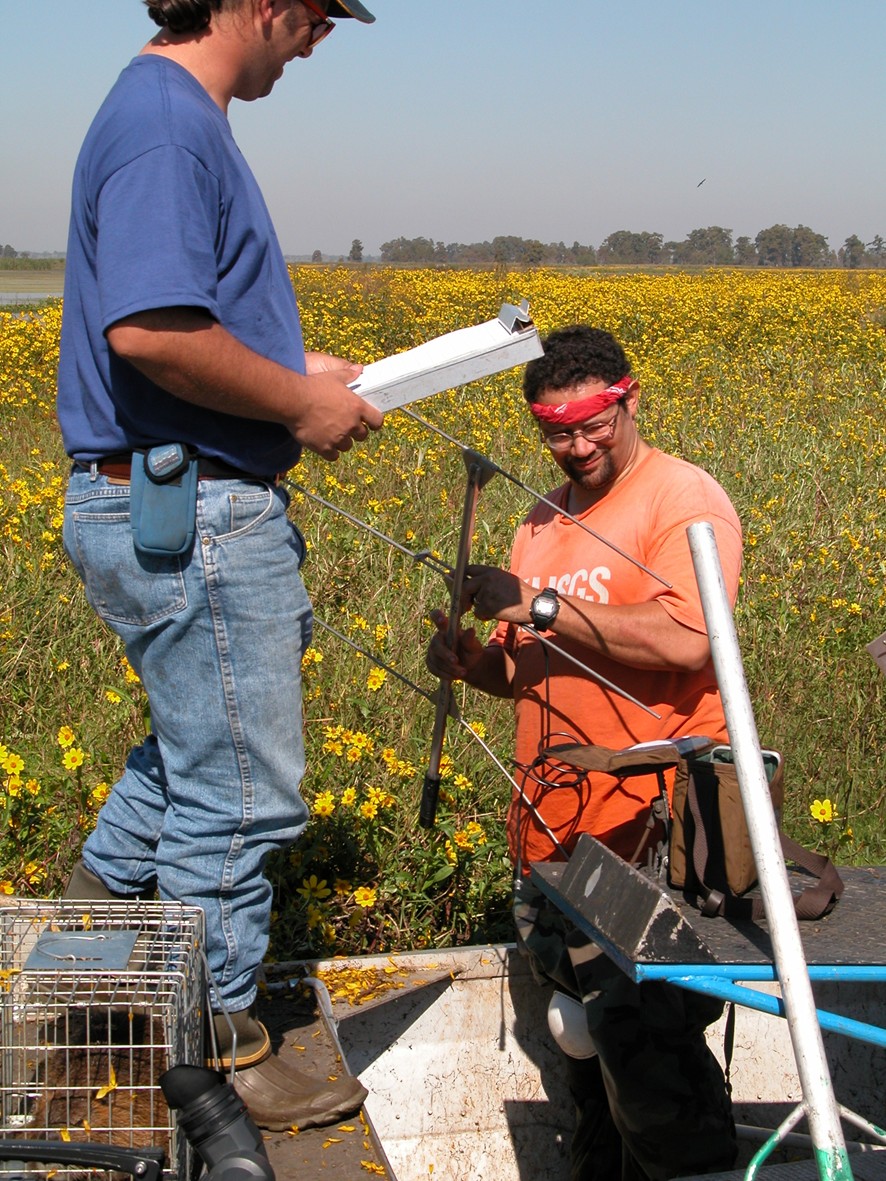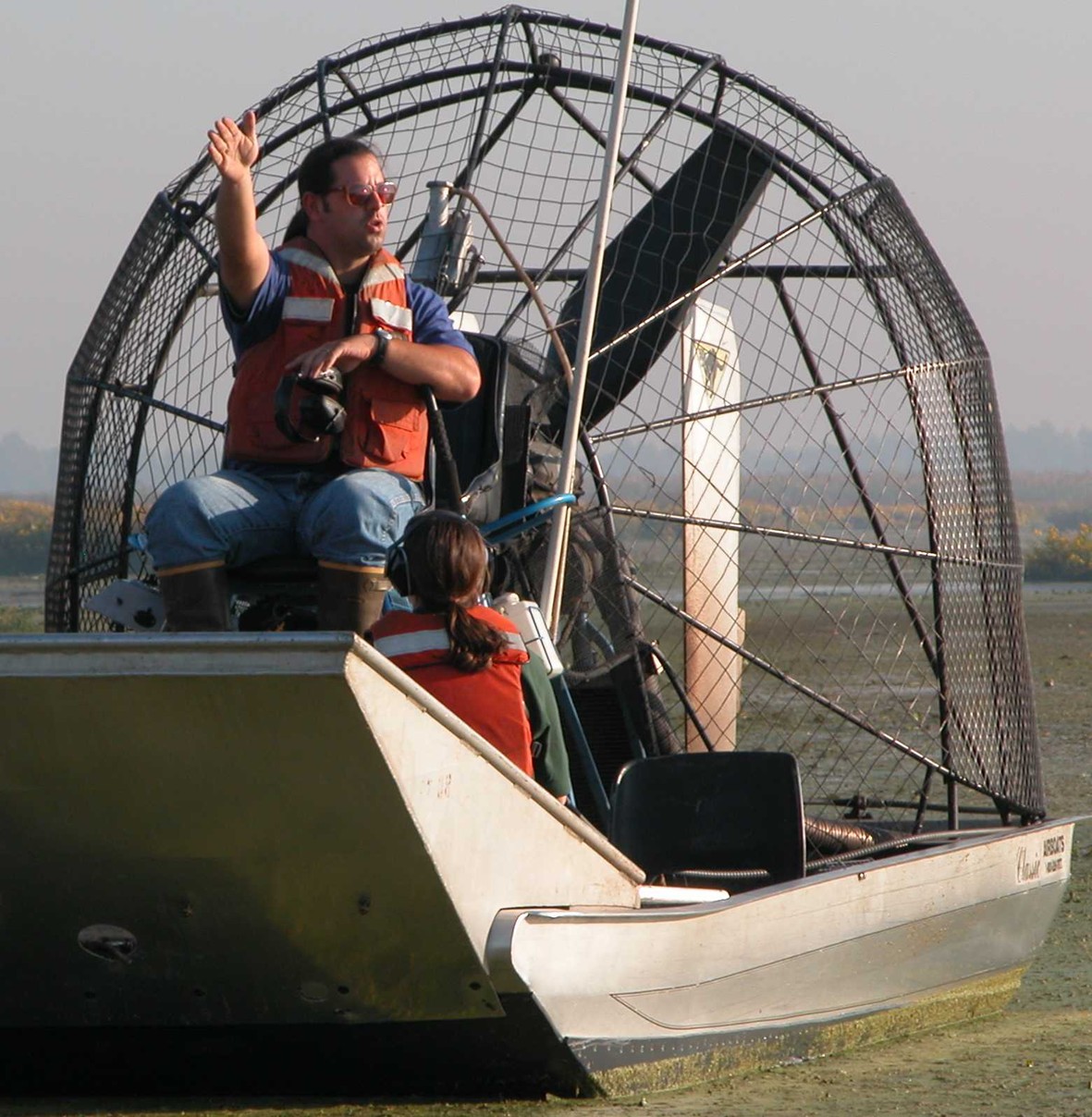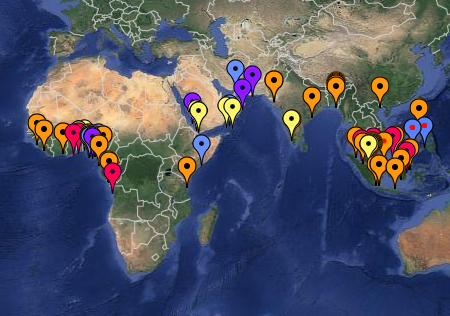conservation
Any human activity takes its toll on the environment, even the simplest and most basic of all: access. From footpaths to clearings for gravel roads to actual tarred roads or railways – the simple act of advancement has a considerable effect on nature.
Protected areas such as national parks are conceived in order to minimize human impact. However, due to lack of available land, these areas are usually insufficiently large to become properly self-regulating biospheres. Human intervention is still required.
Also, human activity “upstream” of wilderness areas – proclaimed or not – has its own dynamics. Domesticated or farm animals and their diseases impact on neighboring endemic wildlife, air and especially water pollution are transmitted across any virtual or physical boundaries. Environmental dynamics do not stop at borders and fences.
Besides, demographics such as the struggle for growth and resources, moreover so in developing countries, inherently obliges conservation interests to consider socio-economic pressures. Hence the need for sustainable tourism development to provide employment, generate income, and meaningfully integrate society and conservation.
While it is of course impossible to entirely eliminate human impact linked to the simple fact of human presence, it is certainly feasible to minimize our footprint.
Airboats’ versatility as all terrain vehicles, combined with their feature of providing a stable working platform, make airboats an ideal solution for wetland conservation.
Airboat usage includes:
- anti-poaching patrols
- firefighting
- game management
- transporting equipment & personnel
- vegetation control
Joe Wasilewski takes notes after finding a crocodile nest with hatchlings near the Florida Power & Light’s Turkey Point Nuclear Power Plant July 11, 2003 near Homestead, Florida. A biologist, Wasilewski studies the reptile which is found only in the southern part of Florida. Wasilewski monitors the crocodile nests and counts, weights, measures and tags the hatchlings as part of a larger government effort to protect the endangered species.
The Polaris/Nova UAS is launched from an airboat by USGS FL Co-Op Unit scientist Adam Watts and University of Florida student Scott Bowman. The hand-launched, electric-powered platform was developed jointly with the University of Florida to perform low-altitude surveys of wildlife or habitats at high resolution.
Mike Netherland (left) and Donald Morgan of the Army Corps of Engineers collect herbicide-resistant hydrilla from Lake Seminole in northern Florida.
Airboats flatten stretches of sawgrass on dry patches by repeated passages or push vegetation under the water before burning.
Part of the US National Oceanic and Atmospheric Administration (NOAA), the Coastal Services Center works with private and public sector partners to address coastal issues.
Nutria Research conducted by the Barataria Unit of Jean Lafitte NHP, Salvadore WMA & Rockefeller WMA in Louisiana.
Nutria or coypu (Myocastor coypus) are semi-aquatic rodents native to South America that are now invasive mainly in the southern and eastern United States. Nutria were introduced into the United States in 1899 for fur farming. Nutria dispersals resulted primarily from releases by fur farmers, escapes during hurricanes or rising floodwaters, or as translocations (nutria were used in an attempt to control nuisance aquatic vegetation). More…
The Barataria Preserve outside Marrero offers a taste of Louisiana’s wild wetlands. The preserve’s 20,000 acres include bayous, swamps, marshes, forests, alligators, nutrias, and over 300 species of birds. More…
This may look like dry ground… but it’s not! It’s dense aquatic vegetation on the surface. Insurmountable to a conventional boat, but no problem at all for airboats.
Garrett Thibodeaux, proud nutria hunter, during the tracking of errant nutria with implanted radio transmitters that needed to be recovered.
Unlike V-shape boat hulls, airboats’ width and flat bottom make them surprisingly stable in the water. Enough so to allow this otherwise very shaky exercise.

